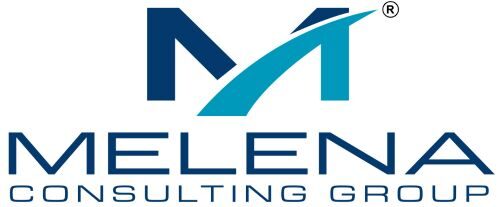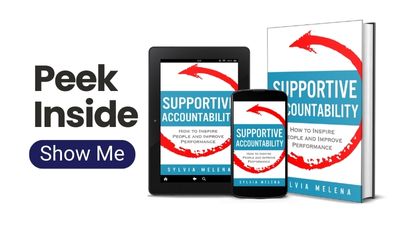The research is clear. An organization’s work culture impacts performance outcomes.
Decades of research demonstrates that organizations that achieve and sustain performance excellence have the following characteristics ingrained into their work cultures:
- Vision – They have leaders who effectively articulate the organization’s vision and mission. They engage employees in advancing the vision by promoting pride, ownership, and accountability;
- Risk-Taking – High-performing organizations have bold leaders who are not afraid to take calculated risks. This does not mean abandoning wisdom or acting unethically. However, organizations can’t be risk averse;
- Team Orientation – They actively promote a team-oriented environment where employees are truly free to talk about issues and work together towards consensus-building to achieve results; and
- Flexible Oversight – High-performing organizations have strong oversight that ensures efficient implementation of key initiatives and changes. However, they are not rigid. They demonstrate the necessary openness and flexibility that supports creativity and innovation.[i]
A study conducted by Cartsens and Barnes arrived at similar findings. This study found correlations between the following leadership behaviors and both the quality of the leader-employee relationship and great organizational performance:
- Vision – Forward-thinking leaders help employees see the vision for the future. They are able to engage employees and get them excited about the direction their organization is headed
- Accountability – Leaders who are fully committed to supportive accountability drive performance. This includes accountability at all levels of the organization — accountability for employees as well as accountability for leaders. Effective accountability requires leaders to set the example;
- Team Decision-Making – Eliciting input from employees and giving them a voice in the decision-making process empowers them to make a difference. This, in turn, gives employees a vested interest in advancing the organization’s success and meeting performance goals. The ultimate responsibility for the decision rests with the leader. However, wise leaders know that some of the best ideas come from those on the front line;
- Trust Building – Trust is the foundation of a strong leader-employee relationship. To establish trust, a leader must demonstrate integrity and create a safe environment.[ii]
Companies and organizations have long understood that having strong leadership is vital to creating a culture that achieves and sustains great performance. However, building strong leadership teams has been difficult for many, especially in light of the many competing priorities their leaders are faced with.
The good news is that the research provides insights into a handful of key elements that leaders at all levels of the organization can focus on to achieve and sustain performance excellence. By focusing on four key areas – Vision, Accountability, Team Decision-Making, and Trust Building – organizations can create a high-performance work culture.
______________________________________________
About the Author

SYLVIA MELENA is a Principal of Melena Consulting Group, a leadership and organizational development company. She is also the international award-winning and best-selling leadership author of Supportive Accountability: How to Inspire People and Improve Performance and its Spanish translation, Responsabilidad solidaria.
References [i] Curteanu, D. & Constantin, I. (2010). “Organizational culture diagnosis – a new model. Manager, 11(1), pp. 15-16. ISSN: 1453-0503 (Print); 2286-170X (Online). Retrieved from https://doaj.org/article/10e8356e77424c779a0d10bb54bfc51f. Creative Commons Attribution-ShareAlike 4.0 International Public License. [ii] Carstens, F.J. & Barnes, N. (2006). “The Quality of Leader/Employee Relationship.” SA Journal of Human Resource Management; 4(2), p. 18. Retrieved from http://www.sajhrm.co.za/index.php/sajhrm/article/view/92. Creative Commons Attribution-ShareAlike 4.0 International Public License.






